Introduction
The use of Artificial Intelligence (AI) in movie dubbing is rapidly transforming the industry. From enhancing voice quality to improving dubbing accuracy, AI is making the process faster, more efficient, and more creative. This article explores how AI is integrated into movie dubbing and the benefits it brings to filmmakers and studios, with a focus on the resources provided by Vitrina Business Network (VBN). Whether you’re a seasoned professional or exploring AI’s potential, this guide will help you understand the evolving landscape of dubbing in film production.
Key Takeaways
| Topic | Key Insights |
| Introduction to AI in Movie Dubbing | Learn how AI is revolutionizing movie dubbing and the potential future impact. |
| AI Tools and Applications in Dubbing | Discover the AI tools that are enhancing dubbing processes across the industry. |
| Technical and Creative Enhancements | Explore how AI is improving voice quality, lip-syncing, and multi-language dubbing. |
| Industry Impact and Ethical Considerations | Delve into the ethical implications and challenges of AI in dubbing. |
| Market Trends and Future Prospects | Gain insights into the future trends and innovations in AI-driven dubbing. |
The Future of Filmmaking is AI

Introduction to AI in Movie Dubbing
How AI is transforming movie dubbing
AI is revolutionizing the movie dubbing process by automating and enhancing various tasks. From voice matching to lip-syncing, AI makes dubbing faster, more accurate, and more cost-effective. Vitrina examines how AI is currently transforming the industry, providing filmmakers with tools to streamline production and improve the final product.
Benefits of AI in dubbing movies
The benefits of AI in movie dubbing are numerous, including increased efficiency, improved accuracy, and cost savings. AI-driven tools can match voices more precisely, sync dialogue with visuals, and even generate voices for characters. Vitrina highlights the key benefits of incorporating AI into the dubbing process.
| Benefit | Impact |
| Increased Efficiency | Faster dubbing process with automated tasks |
| Improved Accuracy | Precise voice matching and lip-syncing |
| Cost Savings | Reduced production costs through automation |
The future of AI in movie dubbing
The future of AI in movie dubbing looks promising, with advancements in machine learning and natural language processing leading the way. Vitrina explores how these developments will continue to shape the industry, offering insights into what filmmakers can expect in the coming years.
Challenges of using AI in dubbing
While AI offers many benefits, it also presents challenges, such as ensuring high-quality results and addressing ethical concerns. Vitrina discusses the challenges filmmakers may face when using AI in dubbing and offers strategies for overcoming them.
AI and human collaboration in movie dubbing
AI and human collaboration in dubbing is key to achieving the best results. By combining the creative input of human actors and directors with the precision of AI tools, filmmakers can create high-quality dubbed films. Vitrina emphasizes the importance of this collaboration and how it can be optimized.
AI Tools and Applications in Dubbing
AI tools used in movie dubbing
Various AI tools are now available to assist in the dubbing process, from voice recognition software to automated lip-syncing tools. These tools are designed to streamline the dubbing process and enhance the overall quality of the final product. Vitrina provides an overview of the most effective AI tools used in the industry today.
AI-powered dubbing software
AI-powered dubbing software is at the forefront of this transformation, offering filmmakers advanced capabilities in voice matching, language translation, and real-time adjustments. Vitrina explores how this software is being used to improve efficiency and accuracy in dubbing.
AI-driven voice matching for dubbing
Voice matching is a critical component of successful dubbing, and AI has significantly improved the accuracy of this process. AI algorithms can analyze the vocal characteristics of actors and match them precisely to dubbed voices. Vitrina examines how AI-driven voice matching is enhancing the dubbing process.
AI-assisted lip-syncing in dubbing
Lip-syncing is one of the most challenging aspects of dubbing, but AI is making it easier by automating the process and ensuring perfect synchronization between the dialogue and the actors’ lip movements. Vitrina discusses the advancements in AI-assisted lip-syncing and their impact on the industry.
- Automated Synchronization: AI tools automatically sync dialogue with visuals.
- Real-time Adjustments: AI makes real-time lip-sync adjustments during dubbing sessions.
- Increased Precision: Enhanced accuracy in matching lip movements to speech.
AI in multi-language dubbing
AI is particularly beneficial in multi-language dubbing, where it can quickly and accurately translate dialogue while maintaining the original intent and tone. Vitrina explores how AI is being used to streamline multi-language dubbing processes, making films more accessible to global audiences.
Streamline Your Filmmaking with AI

Technical and Creative Enhancements
Real-time AI dubbing in films
AI has made it possible to perform real-time dubbing, allowing filmmakers to see immediate results and make adjustments on the fly. This capability is particularly useful in fast-paced production environments. Vitrina highlights the benefits of real-time AI dubbing and how it’s being implemented in the industry.
AI for automated dubbing
Automated dubbing is becoming increasingly popular as AI technology advances. With AI, entire dubbing processes can be automated, reducing the need for extensive human intervention. Vitrina discusses the pros and cons of automated dubbing and its implications for the future of film production.
AI in dubbing animated movies
Dubbing animated movies presents unique challenges, but AI is helping to overcome them by providing tools that can match voices to animated characters more effectively. Vitrina examines how AI is enhancing the dubbing of animated films, making the process smoother and more accurate.
How AI enhances voice quality in dubbing
AI can enhance voice quality in dubbing by analyzing and adjusting vocal tones, pitches, and inflections to match the original performances closely. Vitrina explores how AI is improving the quality of dubbed voices, ensuring that they are as authentic and engaging as the original performances.
| AI Enhancement | Application |
| Voice Quality Adjustment | AI analyzes and improves vocal tones and inflections |
| Noise Reduction | AI tools reduce background noise for clearer audio |
| Vocal Matching | AI ensures that dubbed voices match the original actor’s performance |
AI in cross-cultural dubbing
Cross-cultural dubbing is complex, requiring not only accurate translation but also sensitivity to cultural nuances. AI is aiding this process by analyzing cultural contexts and ensuring that dubbed content resonates with international audiences. Vitrina discusses the role of AI in making cross-cultural dubbing more effective and culturally appropriate.
Boost Creativity with AI

Industry Impact and Ethical Considerations
Ethical concerns with AI in dubbing
The rise of AI in movie dubbing raises ethical concerns, such as the potential for job displacement and the authenticity of AI-generated voices. Vitrina addresses these concerns, offering insights into how the industry can balance innovation with ethical responsibility.
AI and machine learning in movie dubbing
Machine learning plays a crucial role in the development of AI tools for dubbing. By continuously learning from data, these tools are becoming more sophisticated and accurate. Vitrina explores the impact of machine learning on the dubbing industry and how it’s shaping the future of film production.
The impact of AI on dubbing jobs
As AI takes on more tasks in movie dubbing, there are concerns about its impact on jobs within the industry. Vitrina examines the potential effects of AI on dubbing careers and suggests strategies for professionals to adapt to these changes.
- Job Displacement: Concerns about AI replacing human jobs in dubbing.
- New Opportunities: AI creates new roles in technology and oversight.
- Skills Adaptation: Importance of adapting skills to work alongside AI.
Using AI to dub older films
AI is also being used to dub older films, bringing them to new audiences without compromising the original artistic intent. Vitrina discusses how AI is reviving classic films through updated dubbing techniques, making them accessible to modern viewers.
How AI is reducing dubbing costs
One of the most significant benefits of AI in dubbing is cost reduction. By automating many aspects of the dubbing process, AI helps filmmakers save time and money. Vitrina explores how AI is making dubbing more affordable without sacrificing quality.
Market Trends and Future Prospects
AI’s role in dubbing for streaming platforms
With the rise of streaming platforms, the demand for dubbed content has surged. AI is playing a crucial role in meeting this demand by enabling faster, more efficient dubbing processes. Vitrina examines how AI is being used by streaming giants to expand their dubbed content libraries.
AI in the dubbing process for indie films
Indie filmmakers often face budget constraints, making AI an attractive option for dubbing. AI tools provide indie films with high-quality dubbing at a fraction of the cost of traditional methods. Vitrina explores how AI is democratizing dubbing for indie filmmakers, allowing them to compete with larger studios.
How AI is changing the dubbing industry
The introduction of AI is causing a significant shift in the dubbing industry, with traditional methods giving way to more automated, AI-driven processes. Vitrina discusses the broader implications of AI on the industry and how filmmakers can stay ahead of the curve.
AI-generated voices for dubbing
AI-generated voices are becoming increasingly sophisticated, offering a range of vocal options for dubbing that were previously unavailable. Vitrina explores the potential of AI-generated voices and how they can be used to enhance dubbing projects.
AI’s influence on dubbing speed
One of the most noticeable impacts of AI is the increased speed at which dubbing can be completed. AI tools streamline the process, allowing filmmakers to meet tight deadlines without compromising quality. Vitrina highlights how AI is accelerating dubbing timelines in the film industry.
| AI Impact | Benefit |
| Faster Turnaround Times | AI speeds up dubbing processes, reducing production timelines |
| Increased Output | More content can be dubbed in less time |
| Consistency | AI ensures consistent quality across all dubbed content |
Conclusion
AI is undeniably transforming the movie dubbing industry, offering filmmakers innovative tools to enhance the quality, efficiency, and accessibility of their work. From voice matching to real-time dubbing, AI is making the dubbing process more seamless and cost-effective. With the resources and expertise provided by Vitrina Business Network (VBN), filmmakers can fully embrace these advancements, ensuring that their projects are at the cutting edge of technology. By integrating AI into dubbing, filmmakers can reach global audiences with content that resonates culturally and emotionally.
Frequently Asked Questions
AI improves efficiency, accuracy, and voice quality in dubbing. Vitrina provides the tools and resources to help filmmakers leverage AI effectively.
Vitrina offers access to cutting-edge AI tools, industry expertise, and a network of professionals to help filmmakers integrate AI into their dubbing processes.
Challenges include ensuring high-quality results and addressing ethical concerns. Vitrina offers strategies to overcome these challenges.
AI is making dubbing faster, more accurate, and more cost-effective, with significant implications for the future of the industry. Vitrina helps filmmakers stay ahead of these trends.
While AI offers many advantages, human creativity and emotion remain irreplaceable. Vitrina supports a collaborative approach that combines the strengths of AI with human talent.
Are you ready to take your movie dubbing to the next level with AI? Join the Vitrina Business Network today and access exclusive resources, expert advice, and a community of filmmakers dedicated to innovation. Start your journey with Vitrina and revolutionize your dubbing process with AI!
























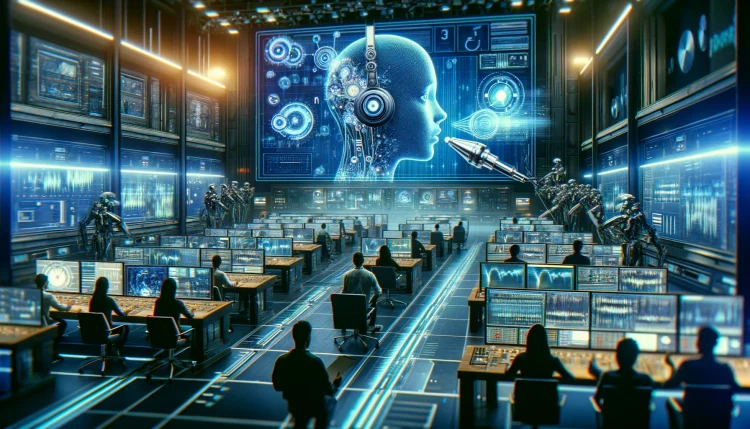
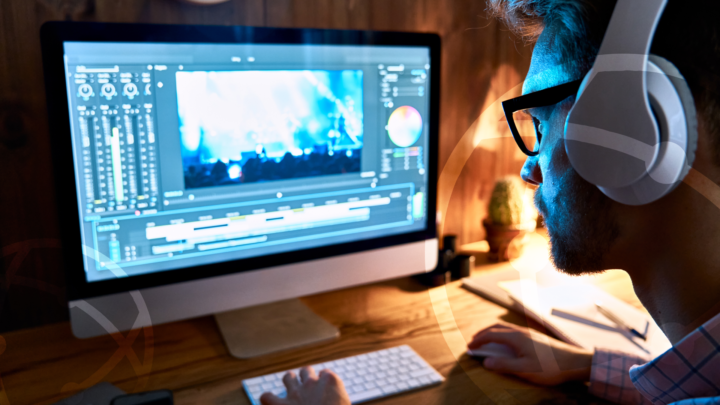
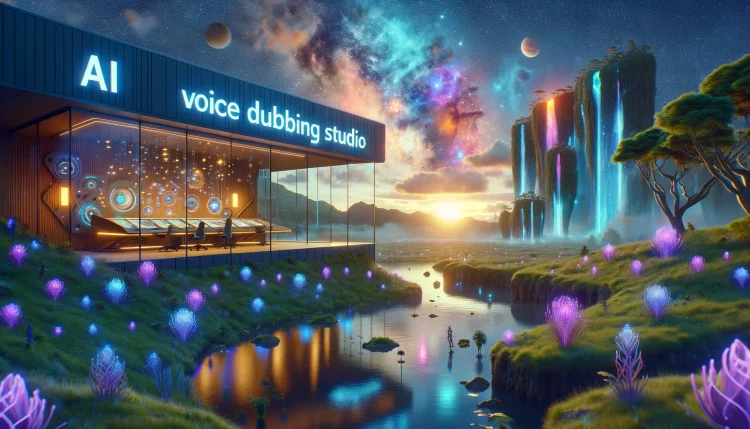


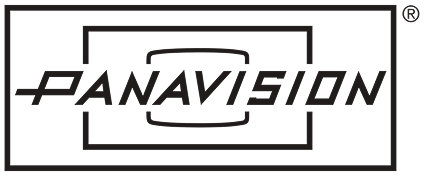


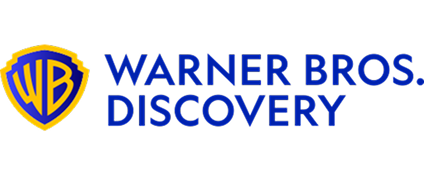

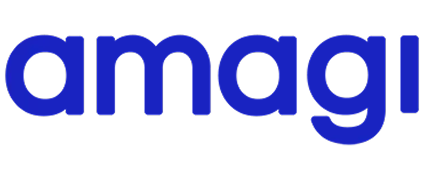
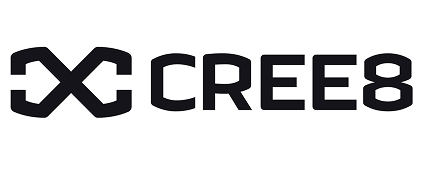


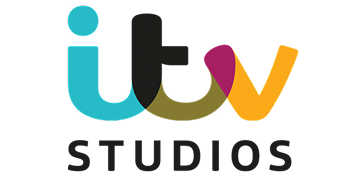
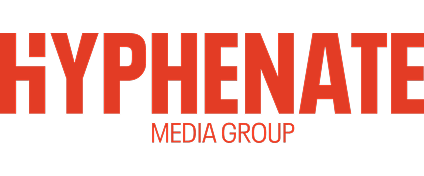




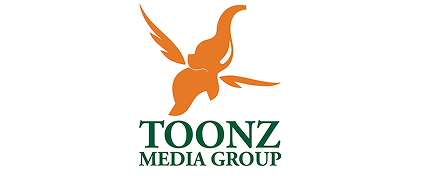

![Top Film Financing Companies in the UAE [2025 Guide] 15 Top Film Financing Companies in the UAE](https://vitrina.ai/wp-content/uploads/2025/10/Top-Film-Financing-Companies-in-the-UAE1-1.png)
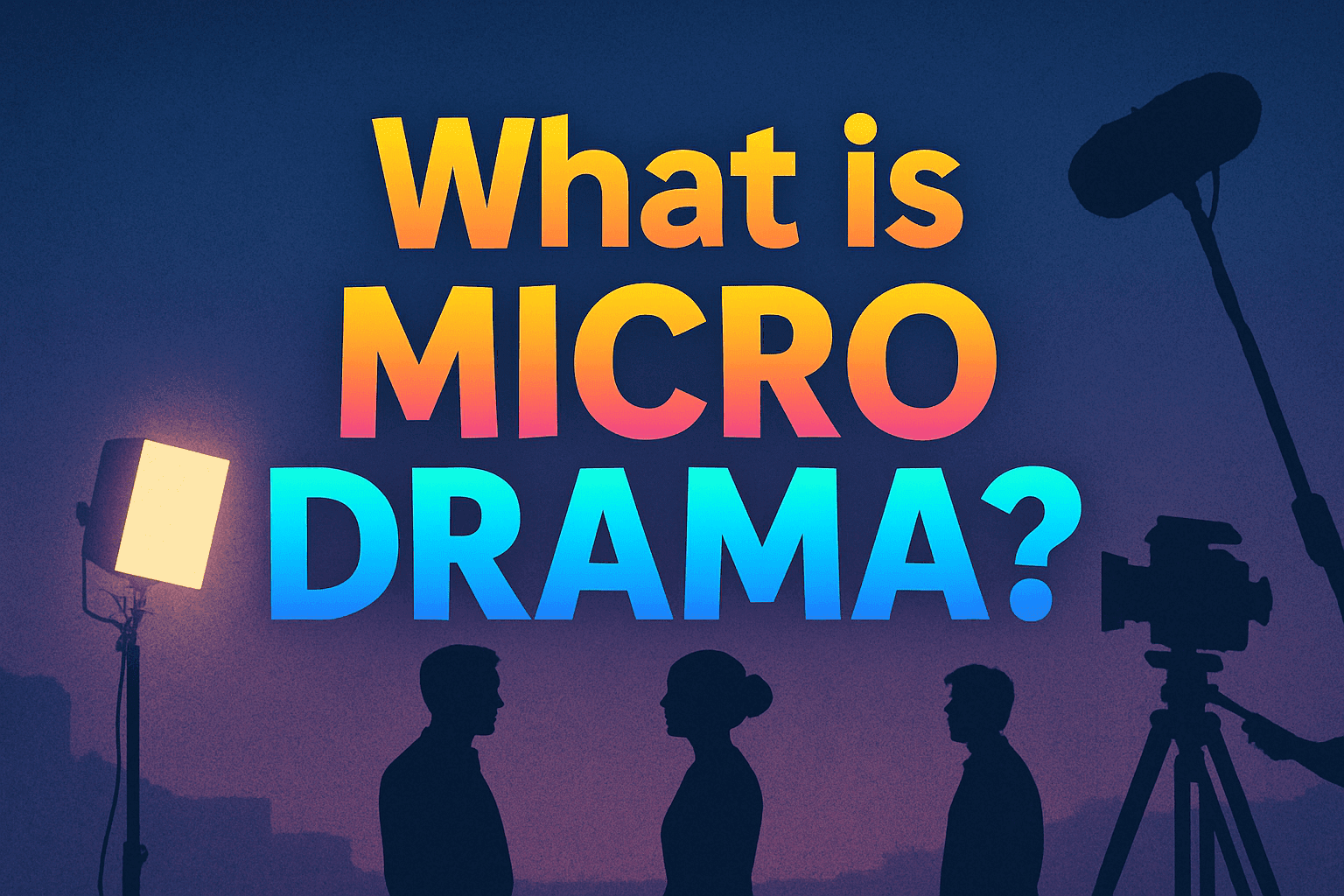
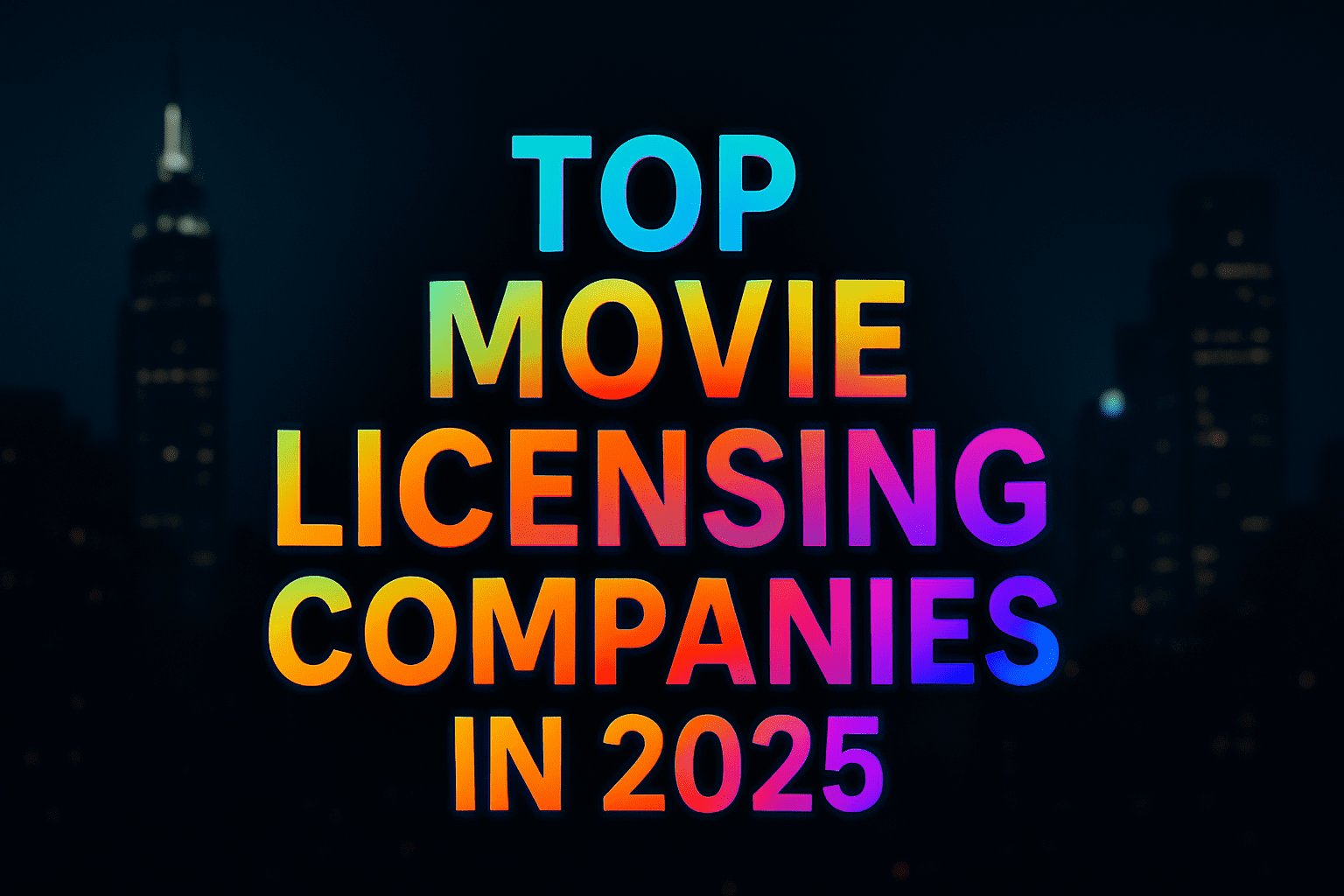
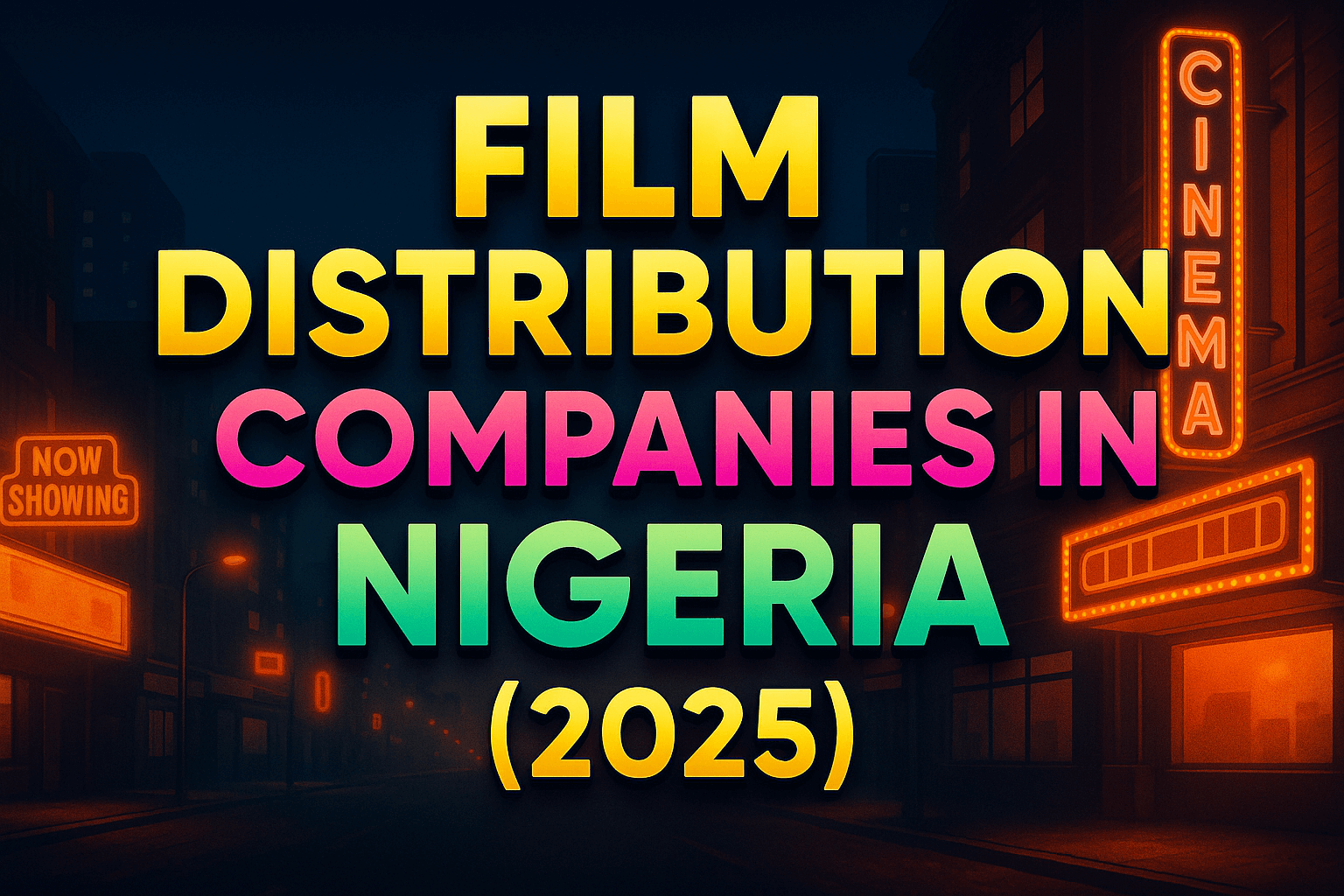
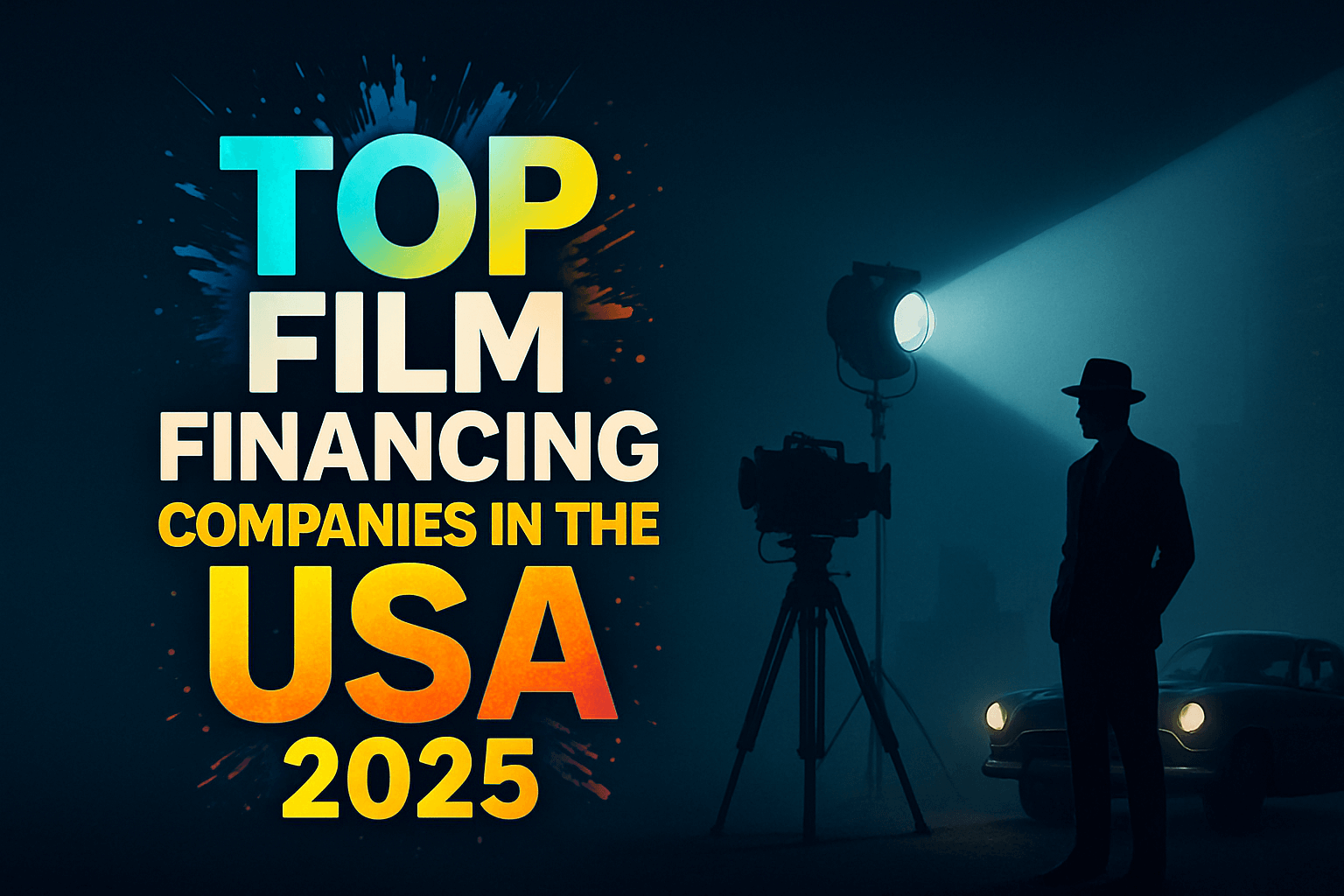
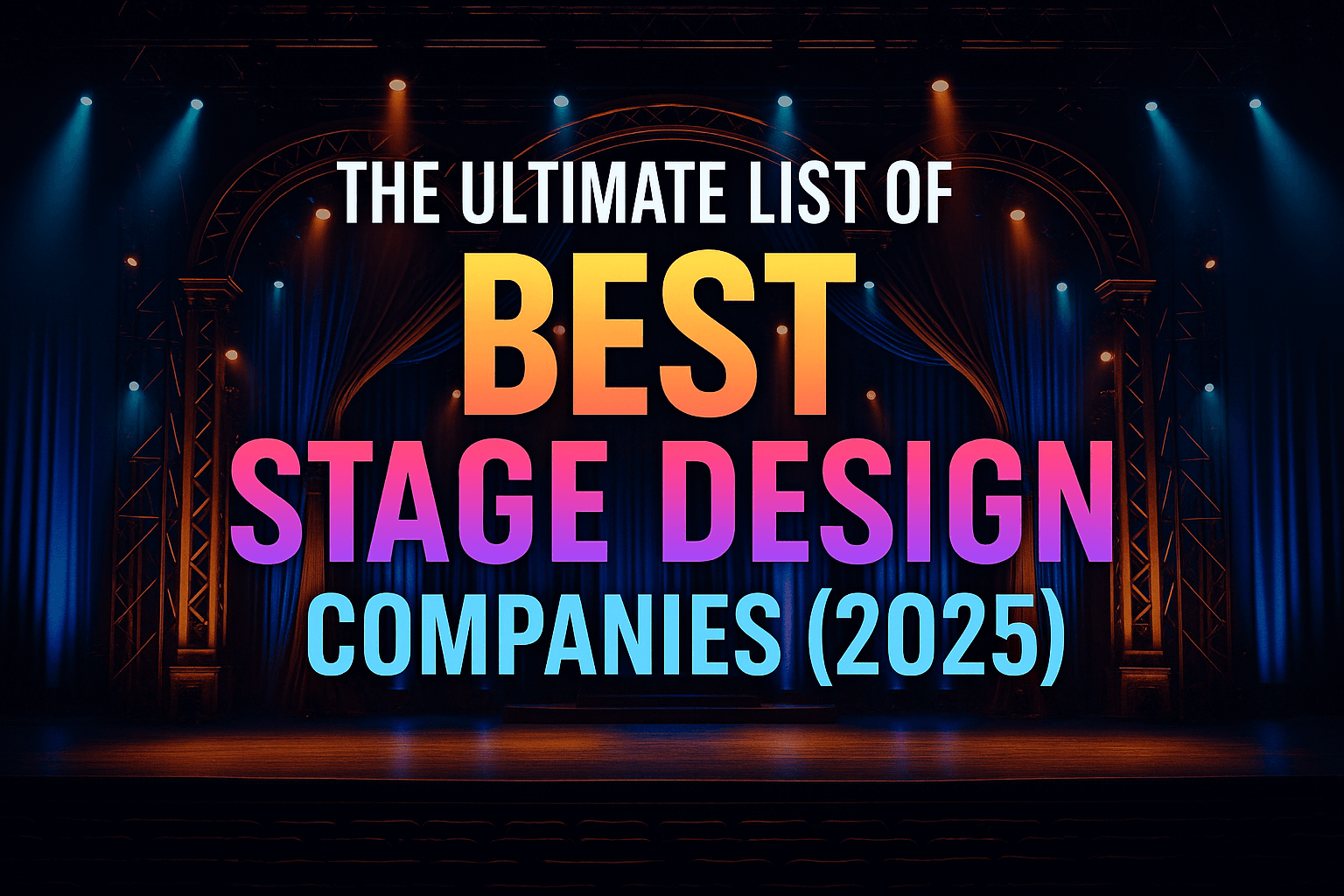
![India's Top Film Distribution Companies [2025 Power List] 21 Top Film Distribution Companies](https://vitrina.ai/wp-content/uploads/2025/10/Top-Film-Distribution-Companies-1.png)
![The Top VFX Companies in India [2025 Ranking] 22 Top VFX Companies in India](https://vitrina.ai/wp-content/uploads/2025/10/The-Top-VFX-Companies-in-India-1.png)
![UK's Top Film Distribution Companies [2025 Edition] 23 UK's Top Film Distribution Companies](https://vitrina.ai/wp-content/uploads/2025/10/Japans-Top-VFX-Animation-1.png)
![Japan's Top VFX & Animation Studios [2025 Power List] 24 Japan's Top VFX & Animation Studios](https://vitrina.ai/wp-content/uploads/2025/10/Japans-Top-VFX-Animation-Studios1-1.png)
